If you envision a spring landscape blooming with vibrant color, planting bulbs will get you there. Whether you’re a seasoned gardener, or a beginner just testing the waters of bulb planting, the following tips will help you get to know these wonderful plants a little better, and give you an even greater opportunity to grow and maintain a delightful spring garden.
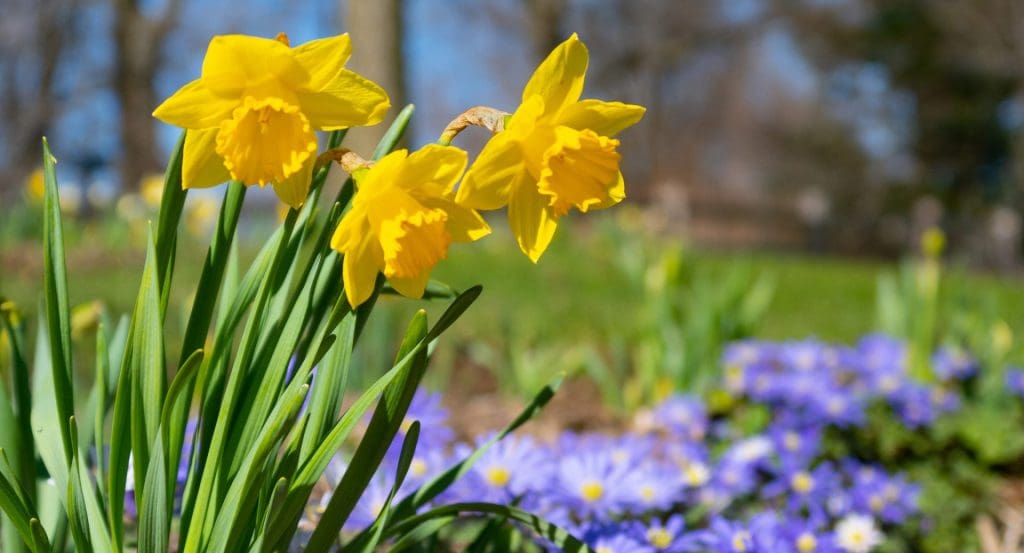

PC: John Oates Photography
Mark Your Bulbs
Once your bulbs are planted, mark their locations with a visible item such as a stick, rock, or tag so you know where they are while they’re dormant. This marker will serve as a reminder that can be the key to you not accidentally digging into the bulbs when planting other flowers or removing weeds in May.
Dig Large Holes Instead of Small Ones
In order to simplify the planting process itself, dig a few large areas for planting rather than several small ones. This way you can plant your bulbs together in clumps, which will be more impactful for the same amount of work put in with planting in several holes. For optimal growth, make sure to do what you can to remove weeds as well.
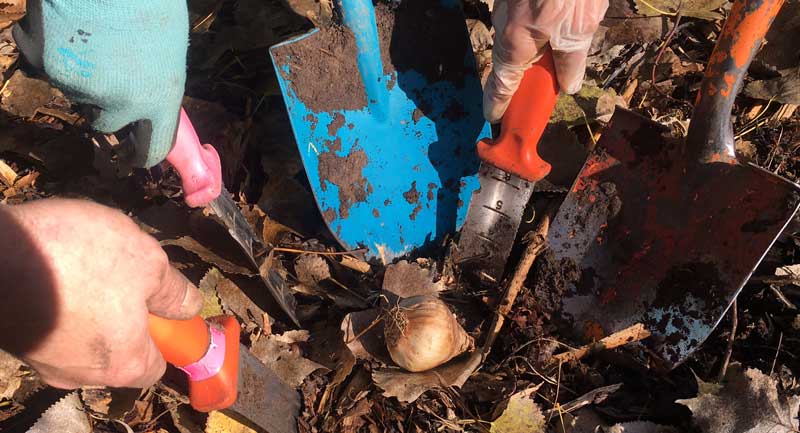

Layer Different Bulbs Together in the Same Hole
Going off the tip above, one unique planting strategy with bulb planting is to layer your bulbs in a large, single hole. Basically, plant bulbs of differing varieties at different depths within the hole. For example, you can plant large allium deeply, cover an inch or two of them with soil, and then plant a layer of another bulb type at this elevated position. Once you cover this second type, you can plant yet another bulb type.
When they bloom in spring, the ongoing complementary foliage will last weeks as the bulbs reach continually grow through the soil until they peek through the top layer.
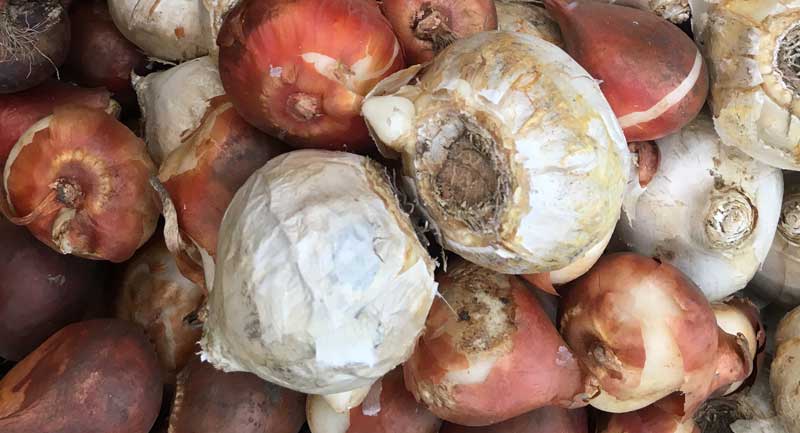

Fertilize Your Bulbs in Spring, Not Fall
If you want to enhance the size, color, and bloom time of the flowers, it’s best to apply some fertilizer in early spring when the shoots start to push through the soil. If you want to go the extra step, you should have your soil tested to see what nutrient deficiencies there may be (we talk about that in tip #8!).
Ensure a Good Growing (and Hibernation) Environment
When determining where to plant bulbs, it’s important to consider the surrounding environment and if anything could negatively affect your bulbs. For example, bulbs need good drainage in order to make it through the winter months. There are a couple of bulb types that can handle wetter conditions like camassia or snowflake.
Typically planting in low areas that tend to collect water is not a good idea since a majority of spring-blooming bulbs will rot.
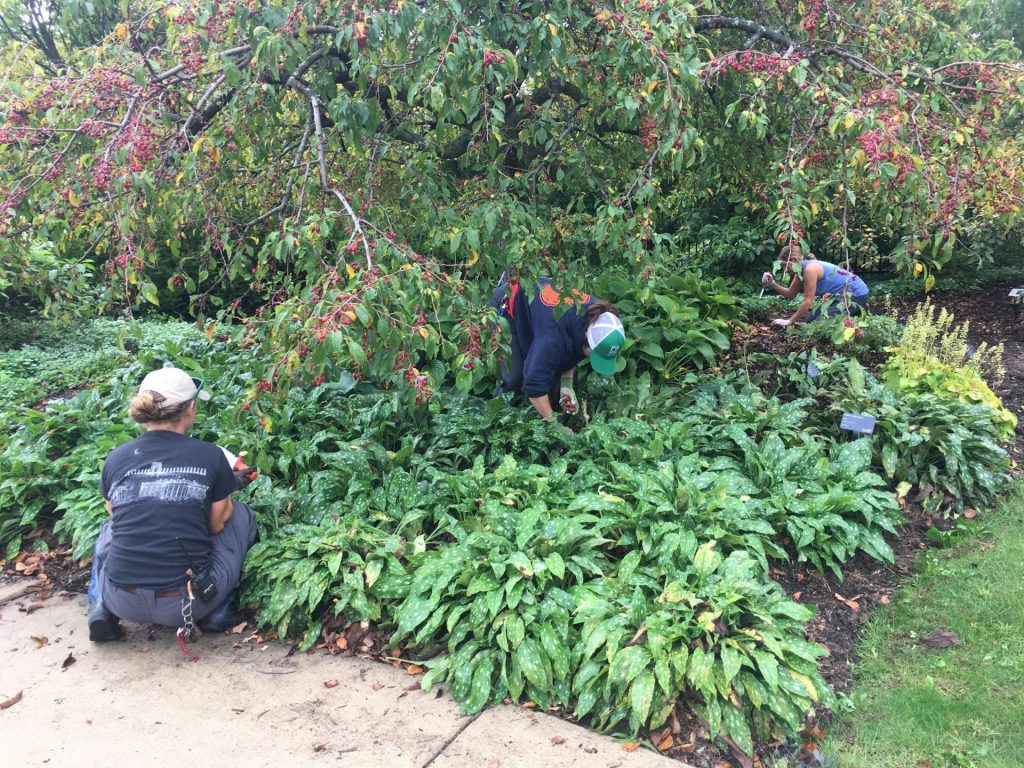

Divide Bulbs That Have Multiplied
If bulbs do multiply, they can be divided or moved in the spring or fall. Doing so in the spring is easier though, and should be done after blooming takes place as this is when the foliage is there. If you want to move them in the fall, it’s helpful to have marked the area as stated in tip #1 so they can be found easily and other bulbs aren’t disrupted.
Water During Planting to Establish the Bulbs
Proper watering is a key ingredient for longer blooming periods. This should be done when the bulbs are planted to help settle the soil and hydrate the bulbs enough to spark root growth in the fall, but doesn’t need to be done regularly throughout fall or winter. Even in the spring, there is typically enough rain in Wisconsin for the bulbs to grow.
If it’s especially warm during blooming periods, your bulbs might need additional water to help their blooms last longer.
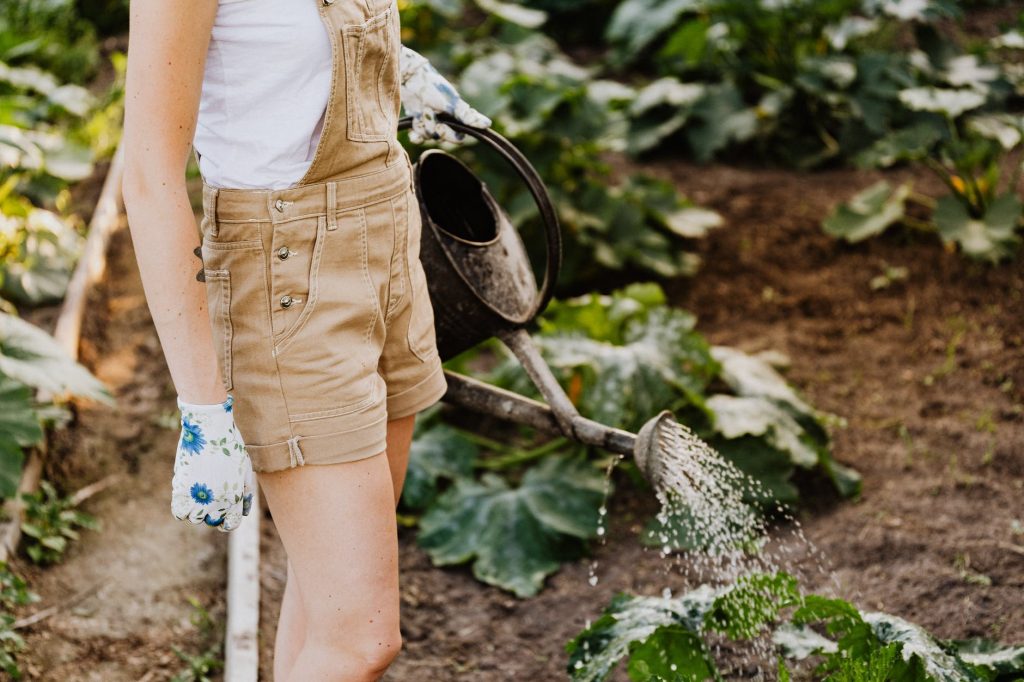

Want to Go Even Further? Track Your Soil’s pH Levels
One final tip is to track the soil pH. If it’s between 6.0 and 7.0, the bulbs can access the most nutrients from the soil. If your bulbs happen to be struggling despite your efforts, checking in on the soil can go a long way.
Brown County’s UW Extension Office can test your soil, but be aware that it can be difficult to wholly change your soil’s pH. You’ll likely be able to target a couple nutrient deficiencies that can be solved with an organic fertilizer.
In the end, everyone’s vision of a successful spring season is unique and there’s no limit as to what you do during your bulb planting process in the fall. A few hours on an autumn afternoon can result in months of vibrant colors in your garden or landscape the following spring.
Happy planting!












